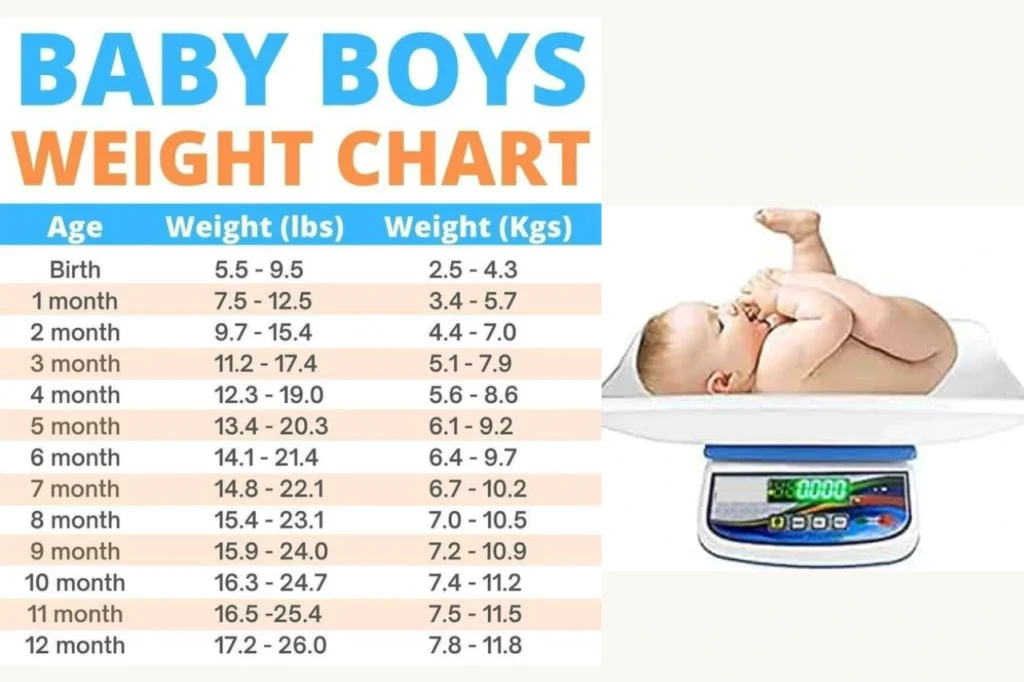Ideal Height and Weight Calculator for Children

Baby Height and Weight Calculator: Track Your Baby’s Growth
Tracking your baby’s height and weight is a vital part of monitoring their growth and development. A baby height and weight calculator makes this task easier by providing parents with benchmarks based on age, gender, and health standards. In this blog post, we’ll explain how to use a height and weight calculator for babies, discuss growth milestones, and share tips for ensuring your little one is thriving.
Why Monitor Baby’s Height and Weight?
Regularly tracking your baby’s growth:
- Helps assess overall health and development.
- Identifies potential growth concerns early.
- Provides reassurance to parents about their baby’s progress.
- Enables doctors to detect nutritional deficiencies or medical conditions.
How Does a Baby Height and Weight Calculator Work?
A baby height and weight calculator considers:
- Age: From newborn to 5 years, growth rates vary significantly.
- Gender: Boys and girls often have slightly different growth patterns.
- Percentiles: Compares your baby’s measurements to global standards, such as those set by the WHO.
Input your baby’s details into the calculator to get:
- Height percentile: Indicates how your baby’s height compares to peers.
- Weight percentile: Compares their weight with others in their age and gender group.
- BMI (for toddlers): Tracks weight-to-height ratio.
Growth Milestones for Babies
Here are general milestones to expect:
| Age | Average Height (cm) | Average Weight (kg) |
|---|---|---|
| Newborn | 48-53 cm | 2.5-4.5 kg |
| 3 Months | 58-63 cm | 5.5-7.0 kg |
| 6 Months | 63-68 cm | 7.0-8.5 kg |
| 12 Months | 71-76 cm | 8.5-10.5 kg |
| 2 Years | 84-89 cm | 10.5-13.0 kg |
| 5 Years | 103-110 cm | 15.0-18.0 kg |
Note: These values are averages and may vary based on genetics and other factors.
How to Use a Baby Height and Weight Calculator
Input Details: Enter your baby’s age, gender, height, and weight.View Results: The calculator will provide percentiles and comparisons to growth charts.Interpret Percentiles:
- Below 3rd Percentile: May indicate growth issues; consult a pediatrician.
- 50th Percentile: Indicates average growth.
- Above 97th Percentile: May require assessment for obesity or growth acceleration.
Tips for Promoting Healthy Growth
Nutrition:
- Breastfeed or use formula in the first 6 months.
- Introduce nutrient-dense solids at 6 months, including fruits, vegetables, and proteins.
Sleep:
- Ensure your baby gets adequate sleep as it’s crucial for growth.
Regular Checkups:
- Attend all scheduled well-baby visits to track development.
Encourage Activity:
- Once mobile, allow your baby to crawl, walk, and play.
Conclusion
A baby height and weight calculator is a helpful tool for parents to monitor their baby’s growth and development. While these calculators provide valuable insights, remember that every baby is unique, and growth patterns may vary. Pair regular tracking with nutritious food, sufficient sleep, and medical checkups to ensure your baby thrives.
FAQs About Calculating Baby Height and Weight
How do you calculate height and weight for a baby?
Baby height and weight can be measured using a growth chart or calculator based on age, gender, and percentile standards set by health organizations like WHO. Regular pediatric checkups help track growth progress.
How do I calculate my baby’s height?
To measure your baby’s height, lay the baby flat on a surface and measure from the top of the head to the soles of the feet. For toddlers, use a stadiometer or measure them standing against a wall.
How many kg is a 1-year-old baby?
On average, a 1-year-old baby weighs around 7 to 10 kg, depending on their gender and individual growth rate.
How to calculate child weight by age?
A common formula for estimating child weight is:
Weight (kg) = Age (years) × 2 + 8
For infants, growth percentiles are used instead of formulas.